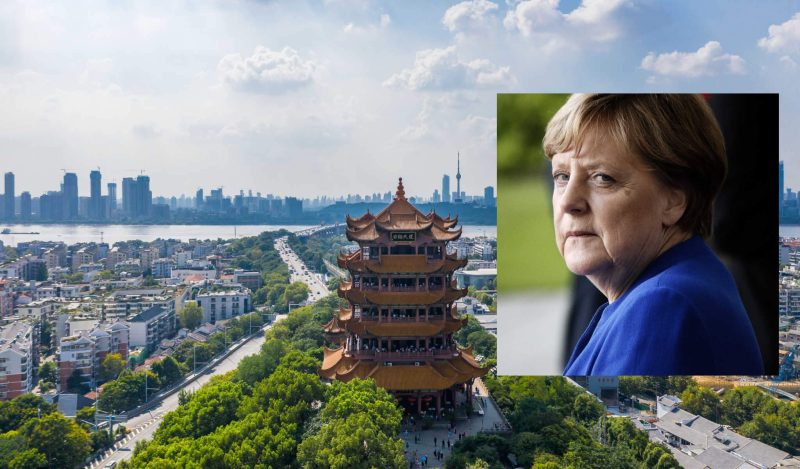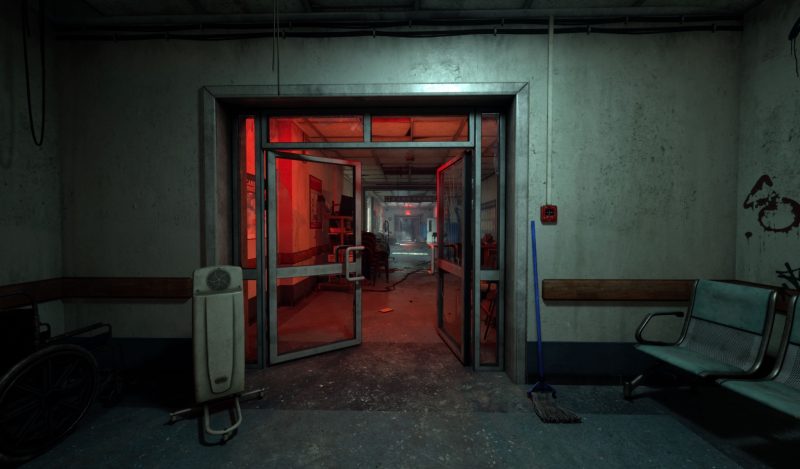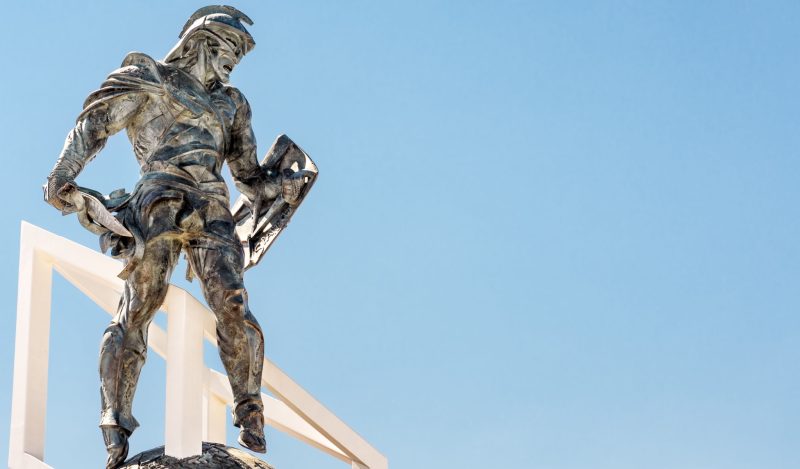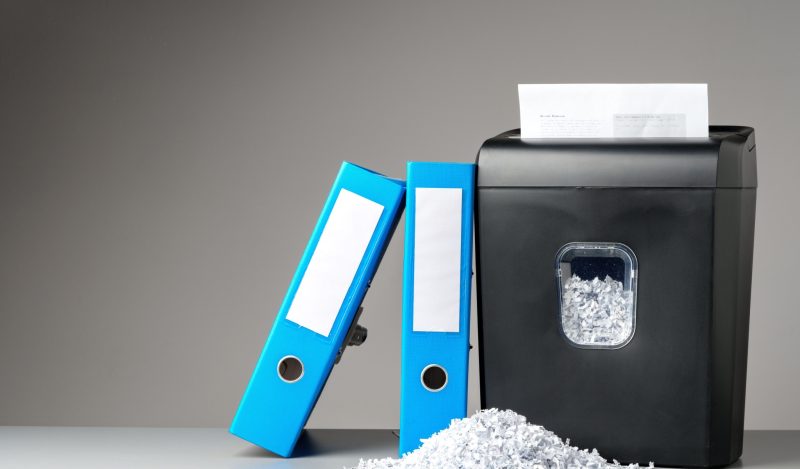In a much-tweeted soundbite from the recent Congressional hearing on the origins of Covid-19, former CDC director Robert Redfield noted that three unusual events occurred in Wuhan in September 2019 suggesting a lab leak from the Wuhan Institute of Virology (WIV).
But another, in retrospect, highly curious event also occurred in Wuhan in September 2019: namely, none other than then German Chancellor Angela Merkel paid a visit to the city and, more specifically, to the Tongji Hospital on the left bank of the Yangtze River. The hospital is also known as the German-Chinese Friendship Hospital.
The below photo from Germany’s Deutsche Presse Agentur shows Chancellor Merkel being greeted by nurses at the hospital reception on September 7, 2019. (Source: Süddeutsche Zeitung.)
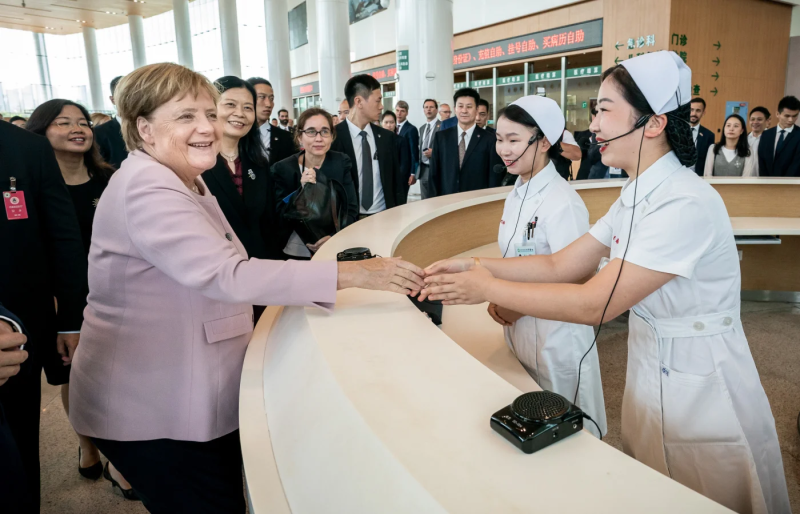
A 2021 House Foreign Affairs Committee Minority Report, referring in greater detail to the same events as Redfield, concludes that a lab leak took place at the WIV sometime prior to September 12, when, notably, the WIV’s virus and sample database was mysteriously taken offline in the middle of the night (p. 5 and passim).
What an incredible coincidence that the German Chancellor was visiting Wuhan’s Tongji Hospital at almost precisely the time when, according to Redfield’s speculations, a potentially catastrophic event was taking place across the river at the Wuhan Institute of Virology! This was, moreover, merely three months before the first officially acknowledged cases of Covid-19 began to turn up in the city.
But the coincidence is in fact even more incredible. For when those first cases did begin to turn up in Wuhan in early December 2019, they did not in fact turn up in the vicinity of the Wuhan Institute of Virology on the right bank of the Yangtze, but rather in the direct vicinity of Tongji Hospital on the left bank!
The below mapping of the initial cluster of cases from Science magazine makes this clear. The black dot is the epicenter of the cluster. Cross #5 marks the location of Tongji Hospital.
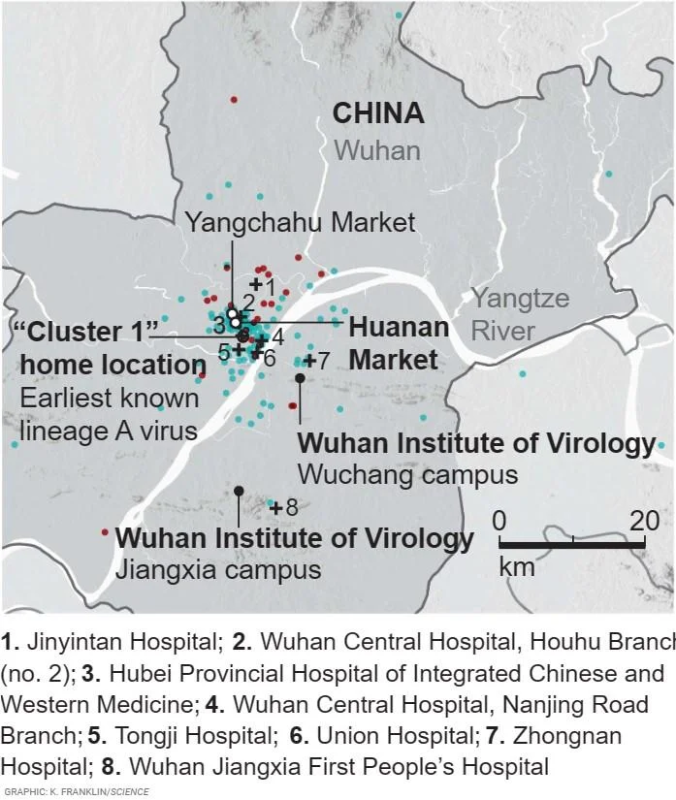
And that is not all. As discussed in my earlier article on “The Other Lab in Wuhan,” although the WIV was relatively far removed from the outbreak – say around 10 kilometers from the epicenter as the crow flies — there is in fact another virus research lab in Wuhan that is located right in the area of the initial cluster.
The lab in question is the German-Chinese Joint Laboratory of Infection and Immunity – or, as its German co-director Ulf Dittmer has also called it, the “Essen-Wuhan Laboratory for Virus Research” – and the Chinese host institution of the German-Chinese Joint Lab is none other than the Tongji-Hospital-affiliated Tongji Medical College.
Per Google maps, Tongji Medical College is located around one kilometer due north of the hospital. Have another look at the above map keeping in mind the indicated scale. This would put it nearly right at the epicenter of the outbreak!
According to German and Chinese sources, however, the lab is in fact located at another hospital affiliated with Tongji Medical College: Wuhan Union Hospital. The location of Union Hospital is marked by cross #6 on the Science map: still in the cluster, but a bit further away from the epicenter.
A press release on the website of the University of Duisburg-Essen, the German co-sponsor of the lab, notes that:
The Joint Lab is fully equipped for virus research. It is a BSL2 safety laboratory with access to BSL3 conditions. German and Chinese members of the lab have access to a large sample collection form [sic.] patients of the Department of Infectious Diseases for their research.
BSL stands for “biosafety level.”
The below photo from a German article on the Essen-Wuhan collaboration shows the virologist Xin Zheng of Union Hospital, Tongji Medical School, at work in the joint lab. Per the cited source, Xin did her doctorate at the University of Duisburg-Essen.
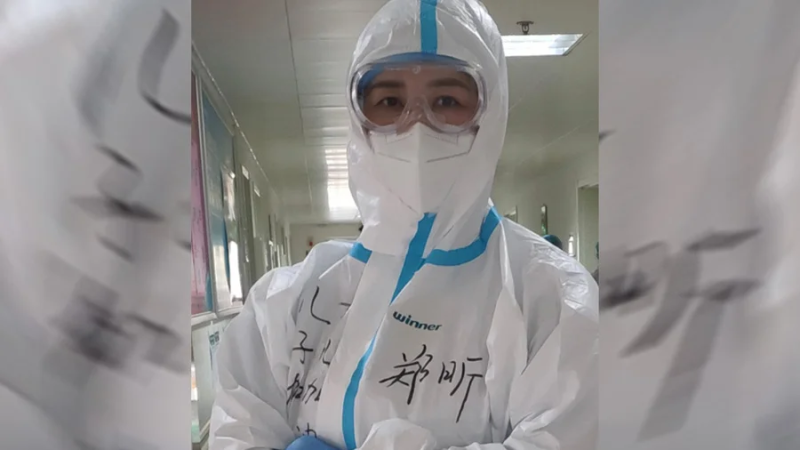
Could SARS-CoV-2 have leaked from the joint lab?
And, while we’re at it, was gain-of-function research being conducted at the lab? We do not know, but we do know that the German members of the lab will, at any rate, have been in contact with a nearby lab where it was being conducted. For the Wuhan Institute of Virology lists the University of Duisburg-Essen as one of its partner institutions.

Furthermore, in addition to its own partnership with the University of Duisburg-Essen, Tongji Medical College also has a longstanding academic exchange program with the Charité research and teaching hospital in Berlin of none other than Christian Drosten: the German virologist whose controversial and ultrasensitive PCR protocol, in effect, guaranteed that the Covid-19 outbreak would acquire the status of a “pandemic.”
As discussed in “The Other Lab in Wuhan,” Drosten appears as one of the scientists participating in the so-called “Fauci emails,” and of all the participants, he is the most vehement denier of the possibility of a lab leak.
In remarks in the German press, Drosten has admitted that he began working on his Covid-19 testing protocol before any Covid-19 cases had even officially been reported to the WHO! He says he did so based on information he had from unnamed virologist colleagues working in Wuhan. (Source: Die Berliner Zeitung.)
Speaking of which, Drosten can be seen below in the company of none other than Shi Zhengli of the Wuhan Institute of Virology, the scientist whose research on bat coronaviruses is suspected of being at the origin of a Covid-19 lab leak.
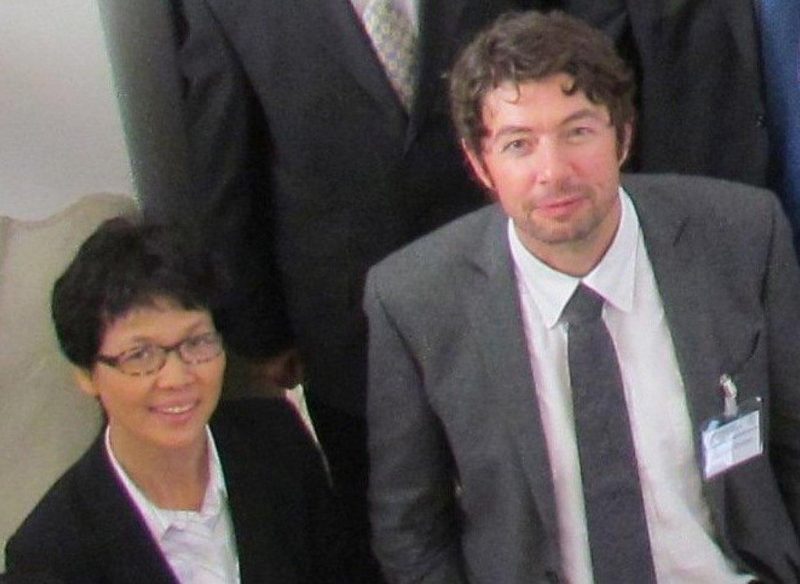
The picture comes from a “Sino-German Symposium on Infectious Diseases” that took place in Berlin in 2015 and that was organized by Ulf Dittmer of the University of Duisburg-Essen. Dittmer, as noted above, is the co-director of the Essen-Wuhan lab, which would be founded two years later. The symposium was funded by the German Ministry of Health.
Dittmer is the bald man with the striped shirt in the full group picture of symposium participants below. (Source: University of Duisburg-Essen.) The jovial bearded man with the bowtie in the next row is none other than Thomas Mertens, the current chair of the “Standing Committee on Vaccination” of the German health authority, the Robert Koch Institute.
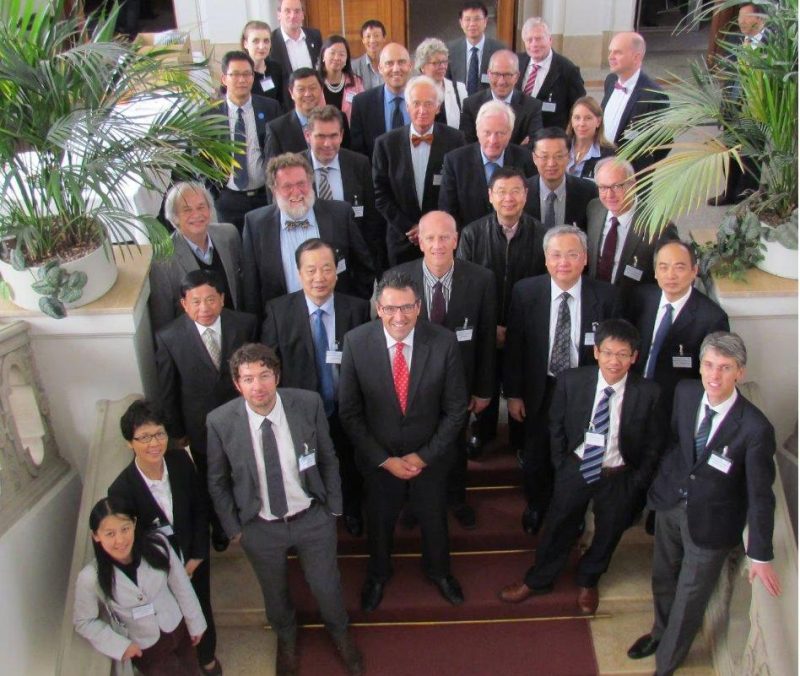
The Berlin symposium was held one year after the US government declared a moratorium on gain-of-function research.
As it so happens, Drosten himself has been involved in gain-of-function research, as the below screen shot from the webpage of the German RAPID project makes clear.
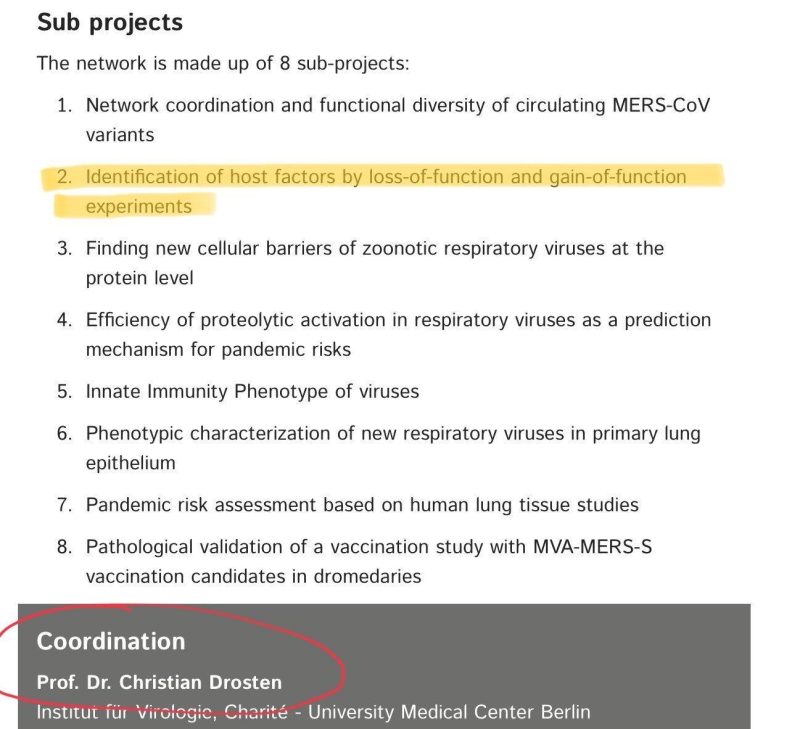
RAPID stands for “Risk Assessment in Prepandemic Respiratory Infectious Diseases.” Further information from the German Ministry of Education and Research expressly states that Drosten’s Charité hospital does not merely oversee, but is directly involved (beteiligt) in RAPID sub-project 2: i.e. “identification of host factors by loss-of-function and gain-of-function experiments.”
Imagine for a moment that then President Donald Trump paid a visit to Wuhan in September 2019, at the very time that a lab leak is suspected to have occurred in the city.
And imagine that, while there, he made a stop at a hospital that is affiliated with a medical school located in the very epicenter of the Covid-19 outbreak that would officially occur three months later.
Imagine that this medical school, furthermore, runs a joint, BSL-3 capable, virus research lab with an American university – let’s say, for example, Ralph Baric’s University of North Carolina – and that Baric and his colleagues were themselves conducting research right in Wuhan!
And imagine that the American university in question is also a partner institution of the Wuhan Institute of Virology (Baric’s University of North Carolina is not in fact) and that the local Wuhan medical school also has a partnership with, say, the NIH.
And imagine that there is even a photo of none other than Anthony Fauci of the NIH with none other than Shi Zhengli of the Wuhan Institute of Virology at a joint “Sino-American Symposium on Infectious Diseases” in Washington that was organized by Baric and funded by the US Department of Health four years before the Covid-19 outbreak. And imagine, for good measure, that, say, Rochelle Walensky was also present at the event.
Imagine, finally, that Fauci had not just (allegedly) provided funding for gain-of-function research, but was himself directly involved in it.
The above concatenation of circumstances would undoubtedly be regarded as what some members of the US intelligence community might call “slam-dunk” proof of US complicity in any lab leak of the SARS-CoV-2 virus that may have occurred in Wuhan.
Why does the ample evidence of manifold German connections to and indeed involvement in virus research in Wuhan not merit at least the same degree of scrutiny, if not to say of certainty?
Published under a Creative Commons Attribution 4.0 International License
For reprints, please set the canonical link back to the original Brownstone Institute Article and Author.
